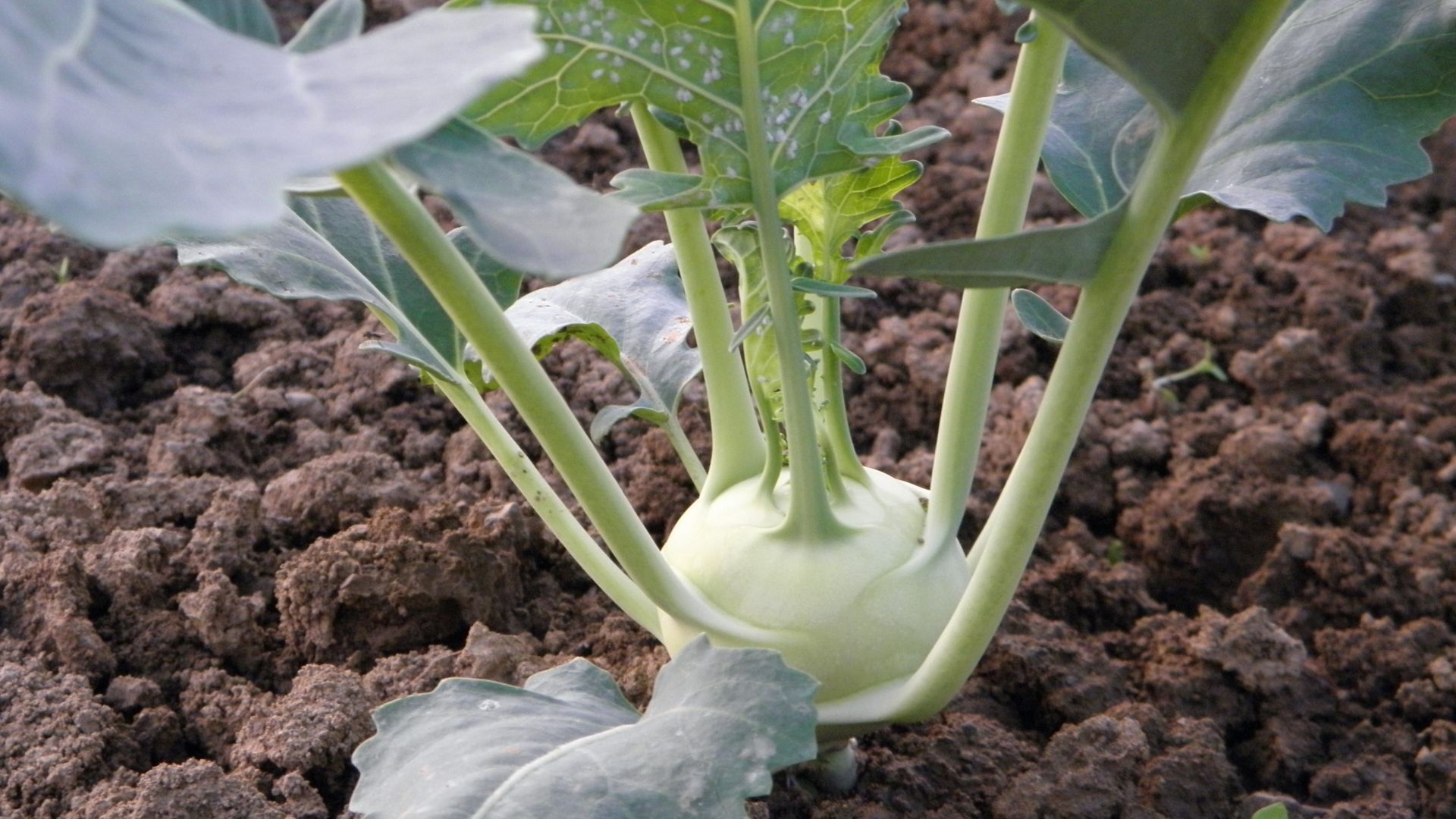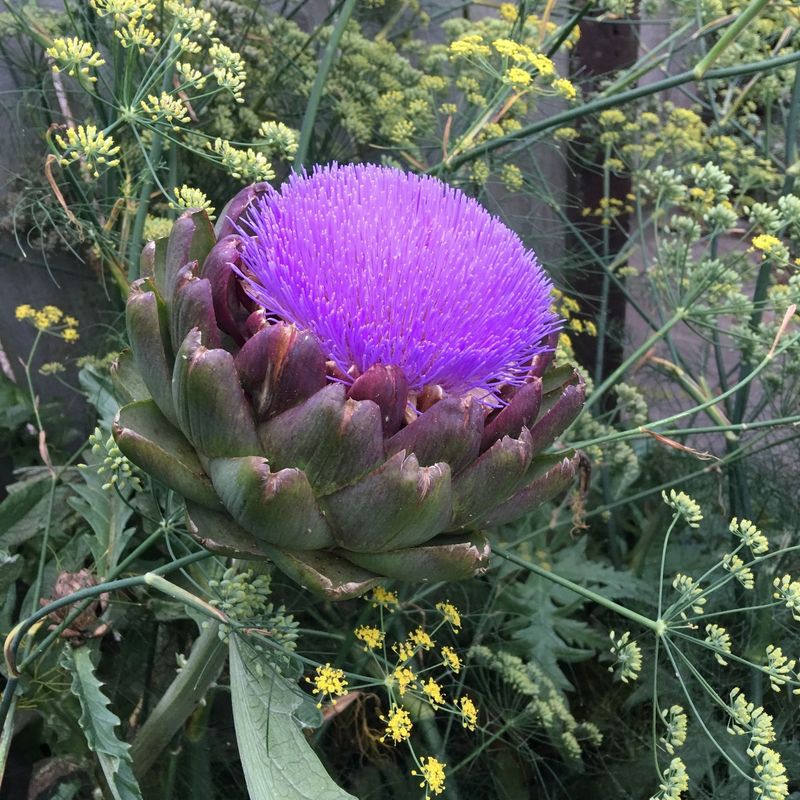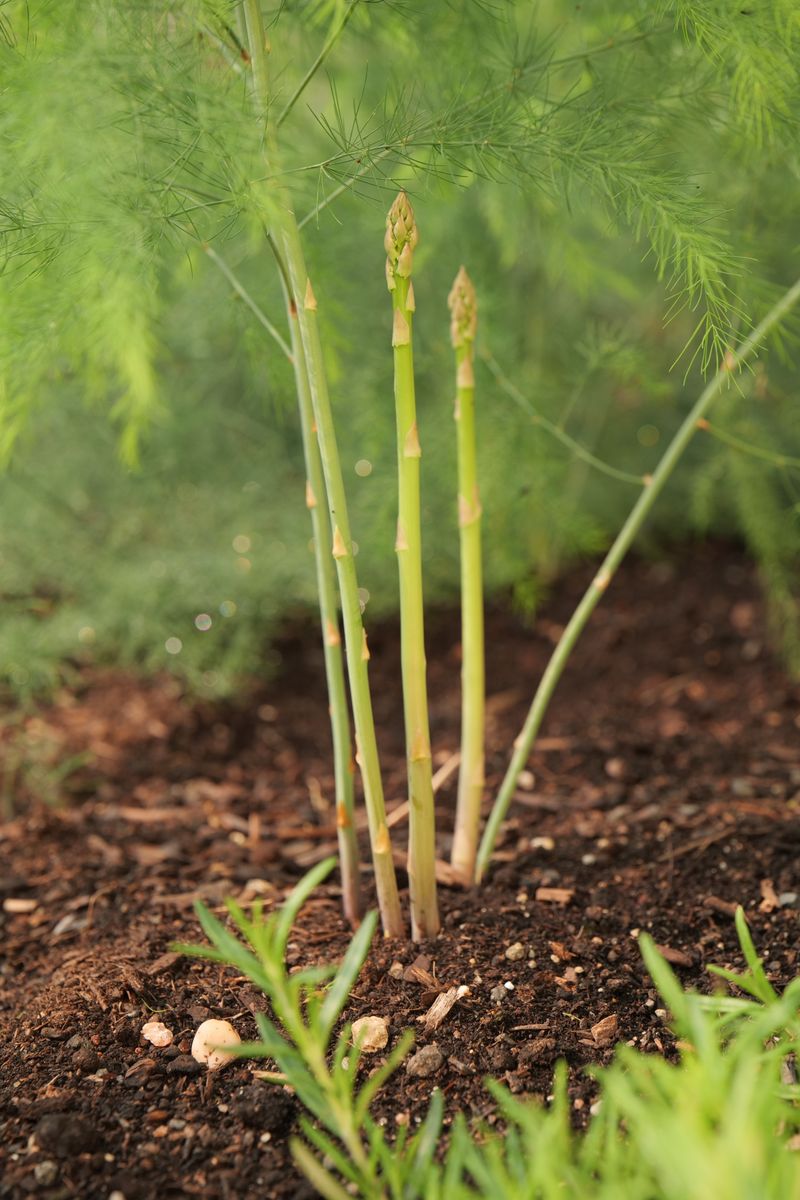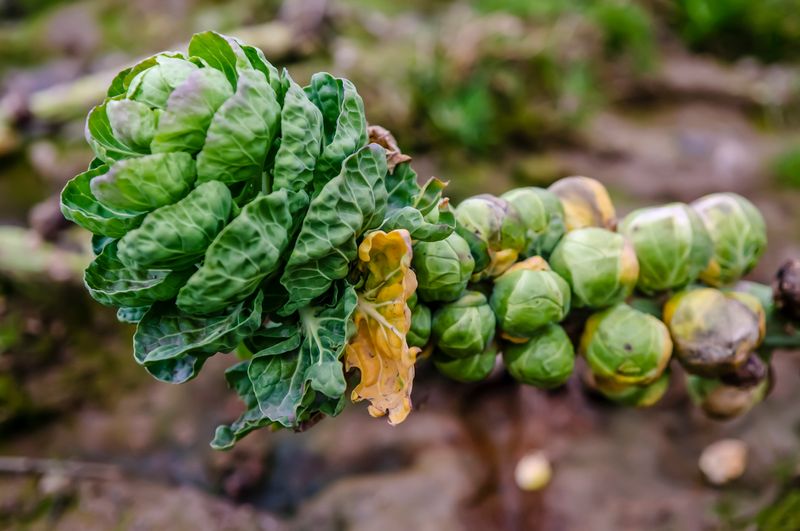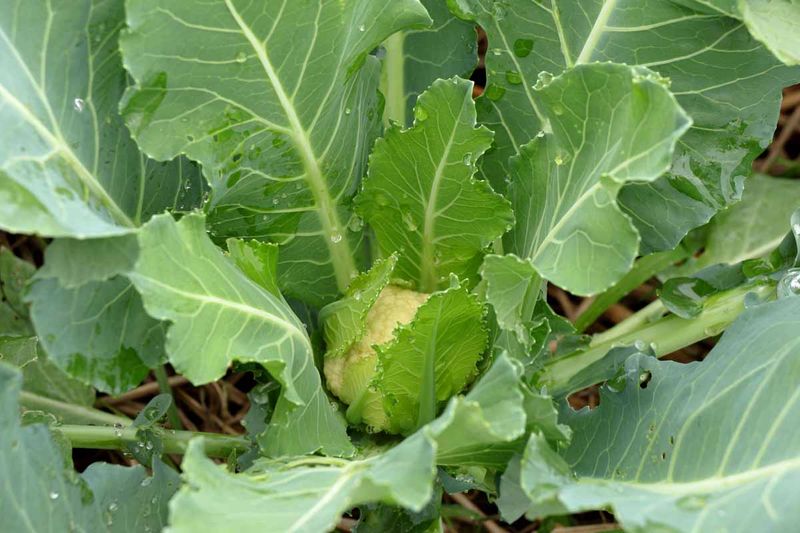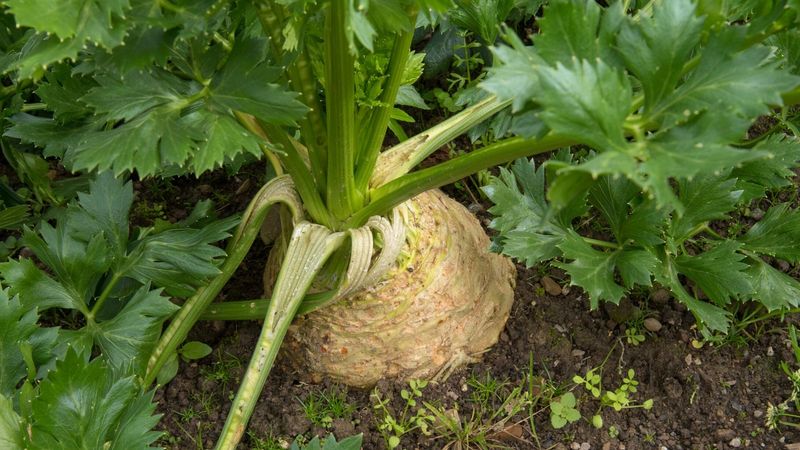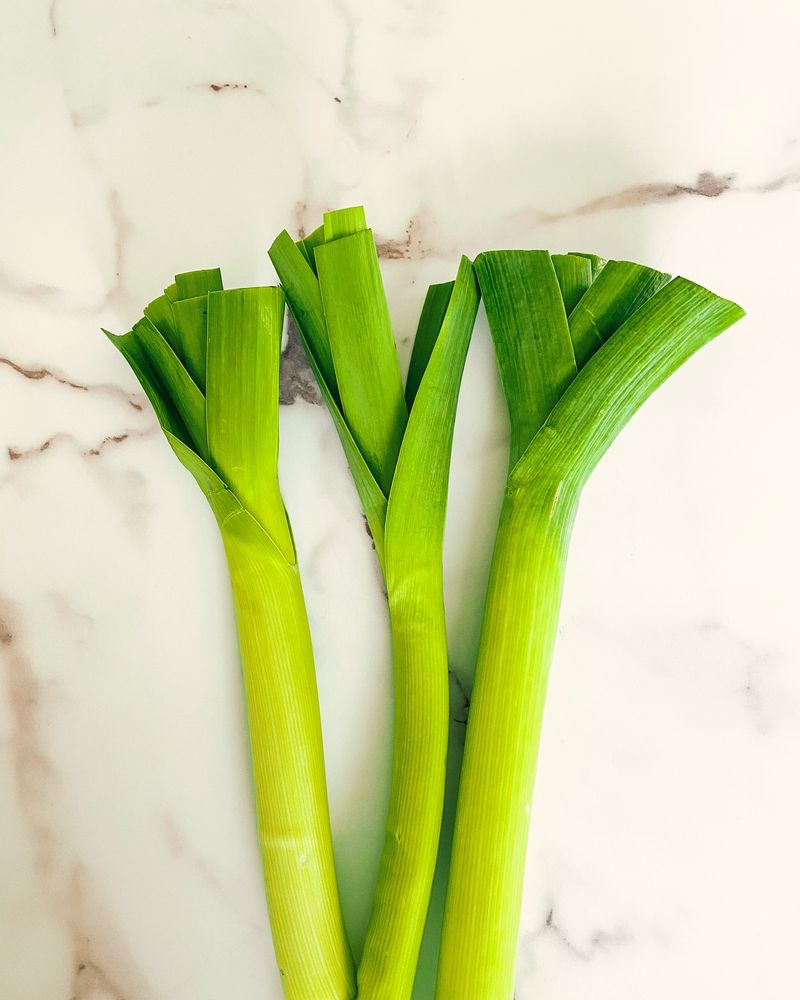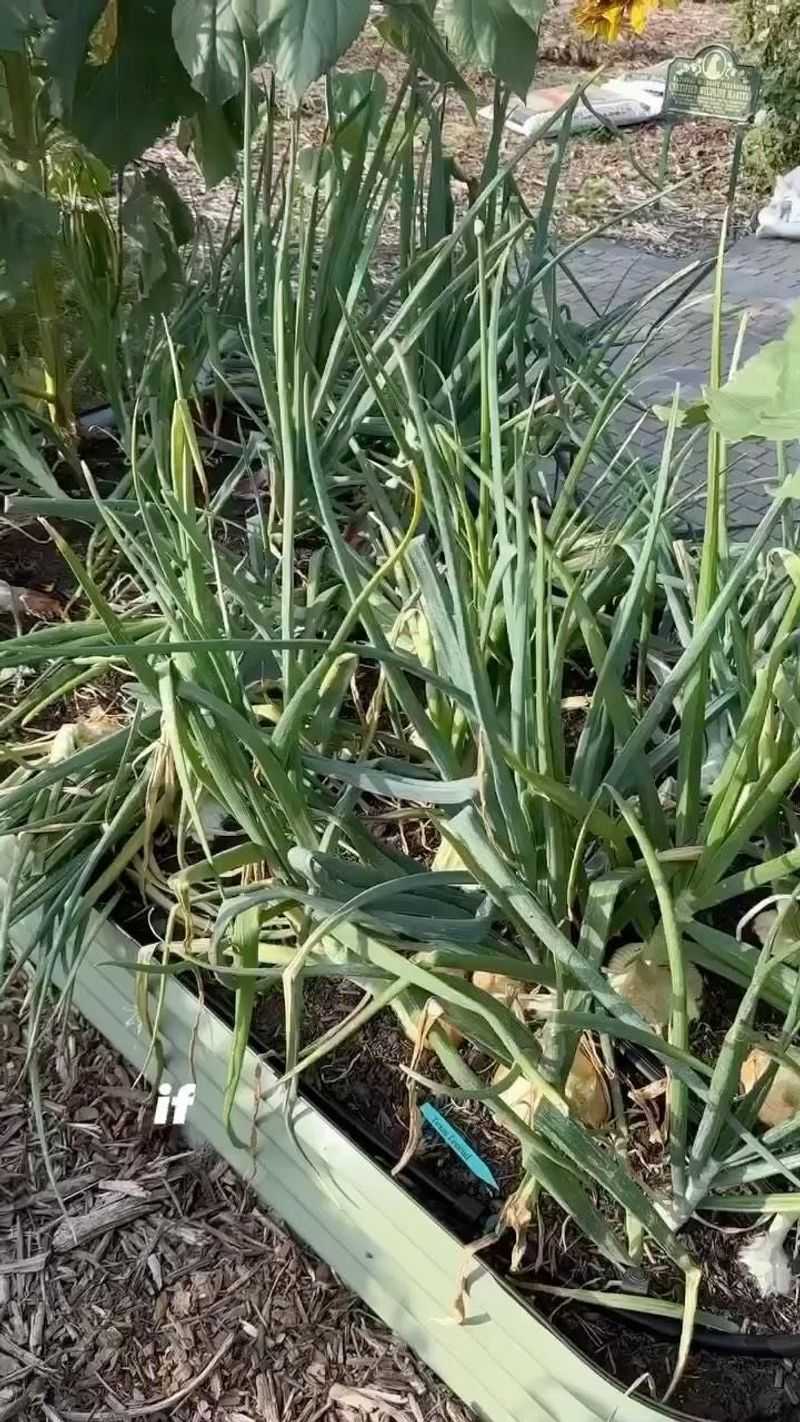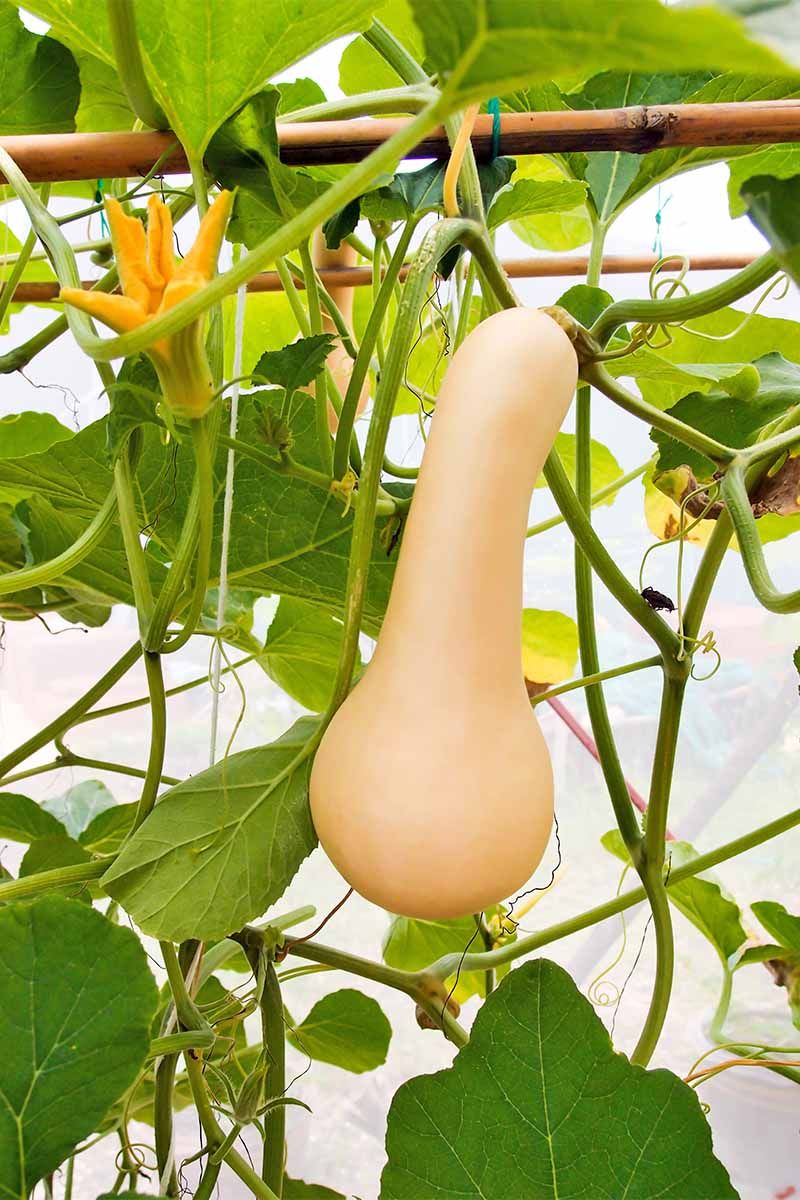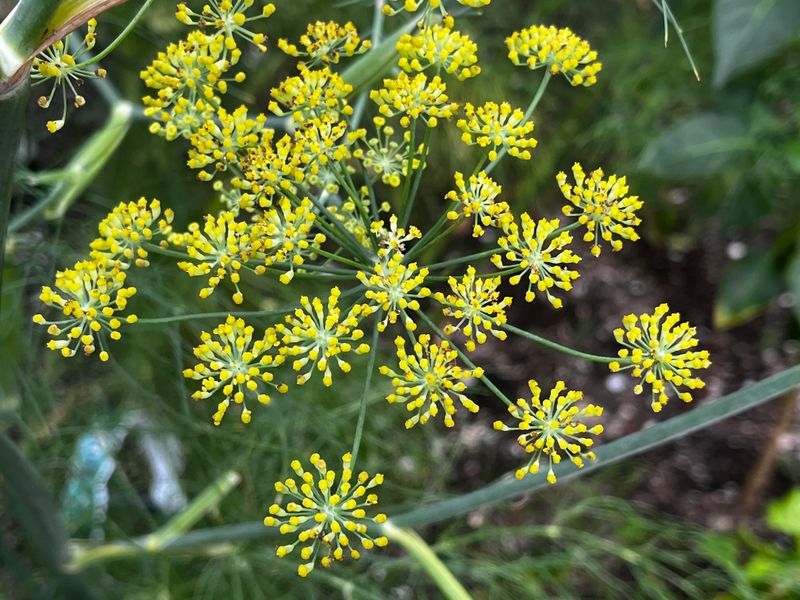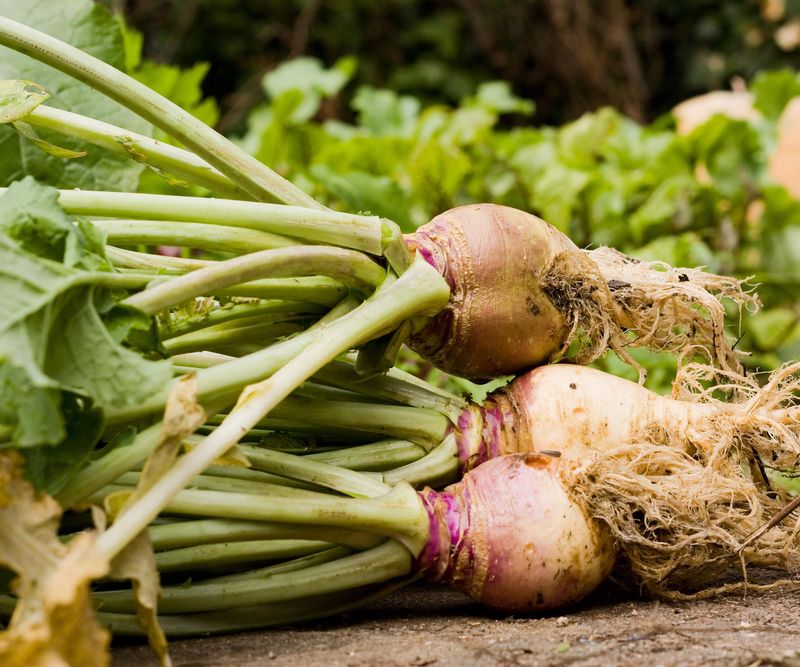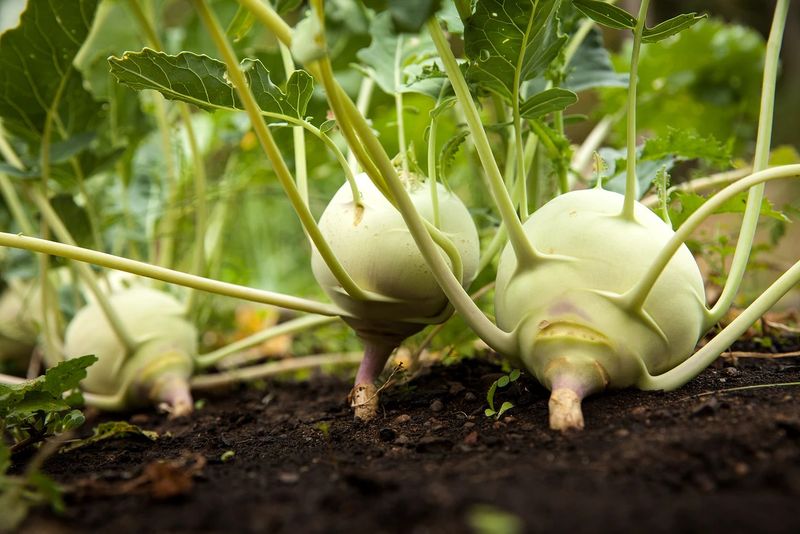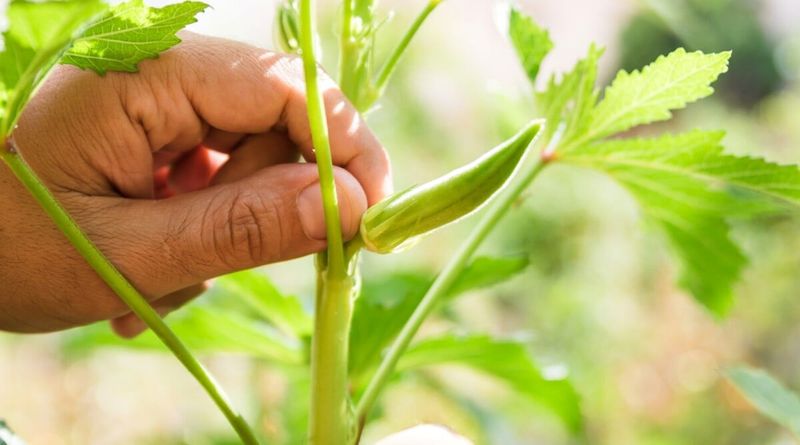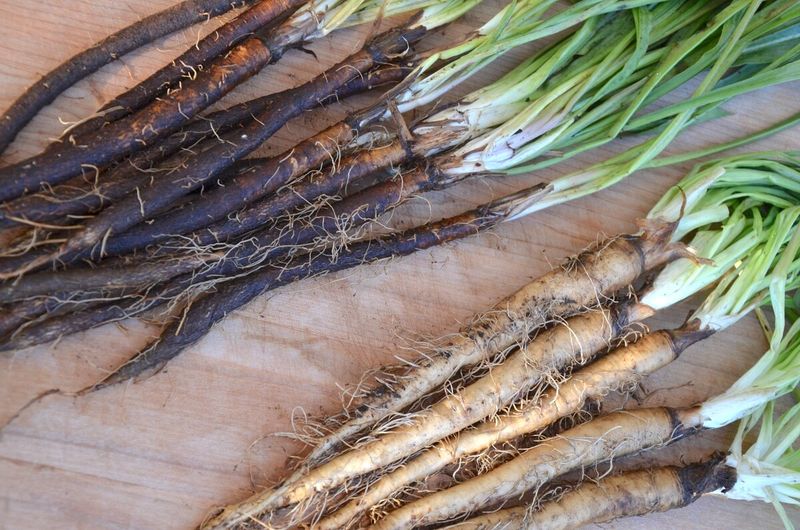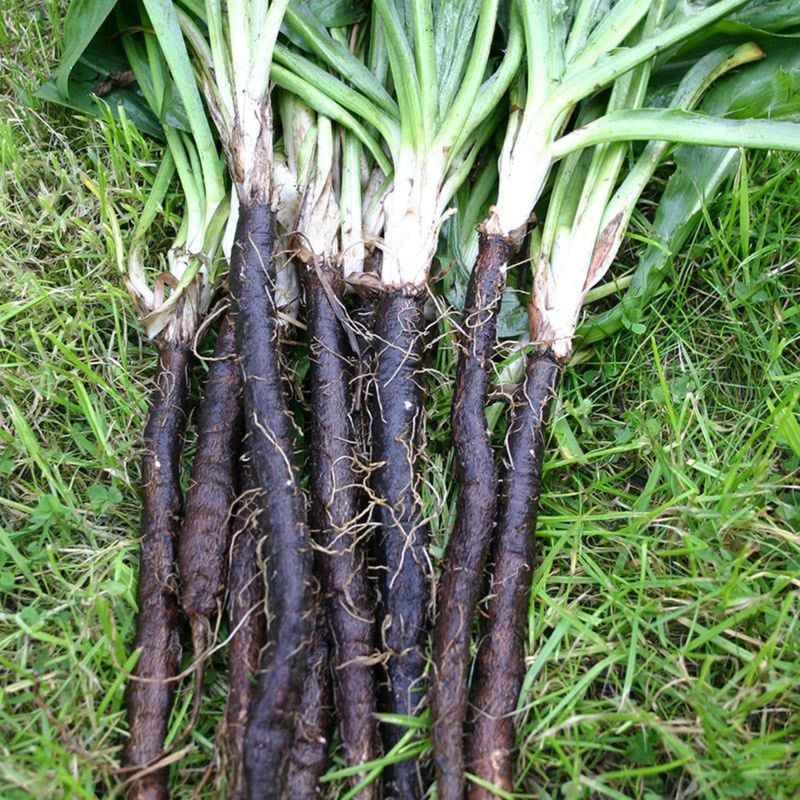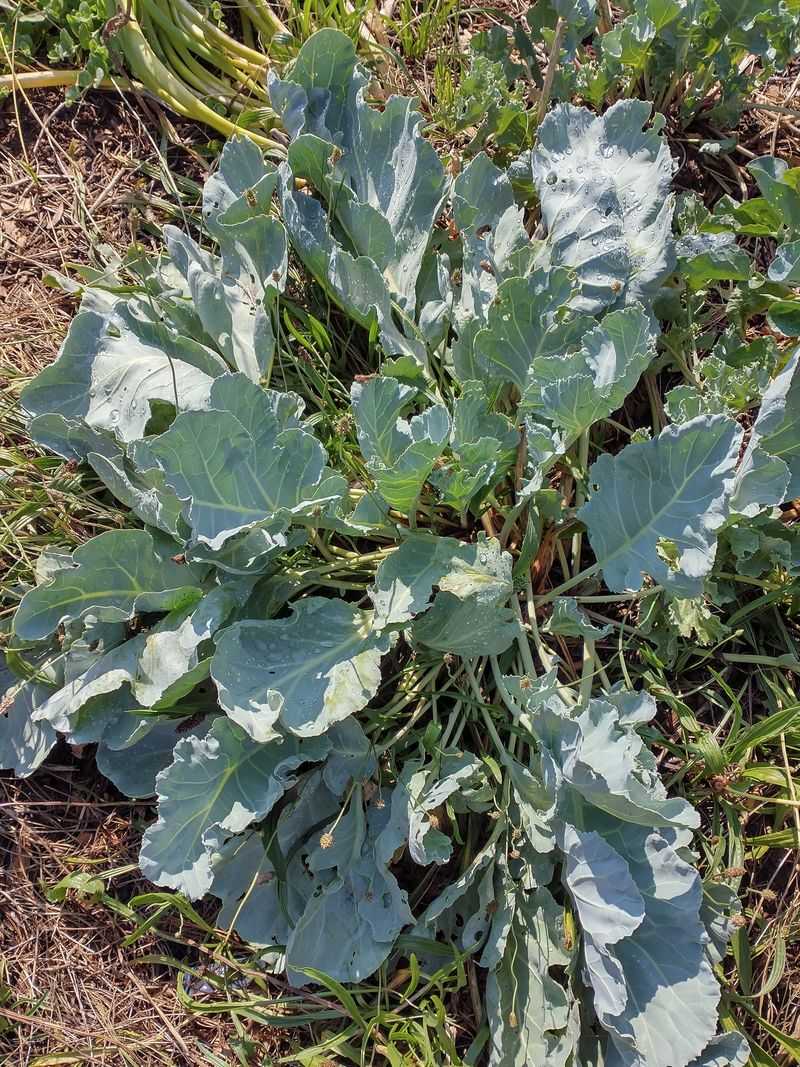There’s something so satisfying about growing your own food—I still get excited pulling that first ripe tomato off the vine. But let’s be honest: not every veggie is worth the wait. Some take forever to grow and still end up tasting bland or bitter after all that effort.
I’ve had seasons where I nurtured a crop for months, only to be let down at harvest time. Between the watering, pest control, and patience, it’s frustrating when the payoff just isn’t there. It made me rethink what’s really worth the space in my garden beds.
If you’re planning your garden or just want to save yourself some future regret, it helps to know which veggies are more work than reward. Let’s take a look at a few that tend to disappoint—and talk about better, easier options that taste as good as they look.
1. Artichokes: Multi-Year Commitment, Minimal Payoff
My artichoke experiment lasted three seasons before I finally admitted defeat. These Mediterranean natives demand at least two growing seasons before producing their first flower buds, making them unsuitable for anyone seeking quick gratification.
The limited harvest hardly justifies the space they monopolize in the garden. Each plant yields only a handful of artichokes annually, and in colder climates, they require extensive winter protection just to survive until the next growing season.
After all that waiting, the flavor is often underwhelming compared to store-bought varieties. I found myself wondering if the tough outer leaves and small hearts were worth the years of attention these prima donnas demanded.
2. Asparagus: Three Years Of Patience For Thin Stalks
Starting asparagus from seed feels like watching paint dry. The first year produces pencil-thin threads barely recognizable as the vegetable you’re hoping for. By year two, you might get a few skinny spears, but harvesting them would weaken the developing root system.
Finally reaching year three, I was disappointed by the modest yield after so much anticipation. The homegrown stalks were inconsistent—some bitter, others woody, and few matching the tender thickness of grocery store varieties.
Most garden guides fail to mention how asparagus beds become weed magnets, requiring constant maintenance throughout those three unproductive years. When I calculated the hours invested versus spears harvested, the economics simply didn’t add up.
3. Brussels Sprouts: 100+ Days Of Pest Problems
These taught me the meaning of garden disappointment. After dedicating precious garden space for nearly four months, the marble-sized sprouts seemed to mock my efforts. Cabbage worms found them irresistible, requiring weekly inspections and organic treatments that somehow never quite solved the problem.
The flavor rarely matched the sweet, nutty Brussels sprouts from farmers’ markets. Mine typically developed a bitter edge that even roasting with maple syrup couldn’t fully disguise. Cold weather supposedly improves their taste, but waiting for that perfect frost timing proved frustratingly unpredictable.
For the amount of space they occupy and their vulnerability to pests, these miniature cabbages simply don’t deliver enough culinary excitement to justify their lengthy growing season.
4. Celery: Water-Hungry And Often Stringy
Growing this at home quickly became my gardening nemesis. The seeds take forever to germinate, and the seedlings grow at a pace that makes snails look speedy. Their thirst for water seems unquenchable—miss a day of watering during summer heat, and they’ll punish you with tough, stringy stalks.
After 120-plus days of babying these plants, the harvest often disappoints. My homegrown celery developed a stronger, sometimes bitter flavor that overpowered soups and stews. The stalks were typically smaller and more fibrous than their grocery store counterparts.
Given how inexpensive celery is at the market and how much garden real estate it demands for so long, I’ve crossed it off my planting list permanently. Some vegetables simply belong in commercial fields.
5. Cauliflower: Fussy Temperature Requirements
Cauliflower earned its reputation as the diva of the vegetable garden during my second season. It demands perfect conditions—too hot and it refuses to form heads; too cold and growth stalls completely. Finding that sweet spot feels like winning the lottery.
Protecting developing heads from sunlight by tying leaves around them (blanching) adds another layer of maintenance to an already high-maintenance crop. Skip this step and the white heads turn an unappetizing yellow-green. Even with perfect care, heads often remain small compared to store-bought varieties.
After 80-100 days of fussing over these temperamental plants, the resulting cauliflower often lacks the sweet nuttiness that makes it worth eating. The texture frequently disappoints too—either too loose or oddly grainy.
6. Parsnips: Six Months For Woody Roots
The germination rate of parsnip seeds could make a patient gardener weep. Even with fresh seeds, expect spotty results and weeks of waiting before the first feathery leaves appear. By the time they finally emerge, you’ve almost forgotten what you planted there.
These root vegetables require an entire growing season—often 120 to 180 days—before they’re ready for harvest. The soil needs to be deeply worked and free of rocks, or you’ll end up with forked, stunted roots that are impossible to clean or peel properly.
The payoff rarely matches the investment. Homegrown parsnips frequently develop woody cores and inconsistent sweetness. When I can buy perfectly good parsnips for a couple of dollars at the grocery store, dedicating half a year of garden space seems increasingly foolish.
7. Celeriac: Ugly Duckling That Never Transforms
Celeriac requires the patience of a saint and the optimism of a lottery winner. Similar to its cousin celery, it’s painfully slow to start from seed and grows at a glacial pace throughout the season. The bulbous root takes at least 120 days to reach a usable size.
Throughout that long growing period, celeriac demands consistent moisture and doesn’t tolerate competition from weeds. The gnarly, dirt-trapped exterior makes harvesting and cleaning a tedious chore that leaves your fingernails permanently stained.
After all that effort, the celery flavor is often too intense for many dishes, and the texture can be disappointingly fibrous rather than the smooth, starchy consistency you’d hope for. I’ve found store-bought celeriac more reliable for texture and far less work.
8. Leeks: Nine Months For Pencil-Thin Stems
Growing leeks from seed tested my gardening commitment like nothing else. The seedlings emerge so thin they’re practically invisible, and their growth rate makes glaciers seem speedy. Most varieties require 120-150 days to reach maturity—that’s nearly half a year of garden space dedicated to a single crop.
The blanching process adds another layer of tedium. Every few weeks, you need to mound soil around the developing stems to achieve that prized white portion. Skip this step, and you’ll end up with mostly green, tougher leeks that lack the mild flavor you’re seeking.
Despite following all the proper techniques, my homegrown leeks often remained disappointingly thin compared to the robust specimens at farmers’ markets. The flavor was pleasant but hardly worth the extended commitment of prime garden real estate.
9. Onions: Long Season, Questionable Storage
Starting these from seed requires beginning the process indoors in January or February, months before anything else. The wispy seedlings need constant attention, and transplanting them is a back-breaking exercise in tedium as each tiny plant must be properly spaced and set at the correct depth.
After occupying garden space for 100-175 days (depending on variety), the harvested bulbs often disappoint. Mine frequently ended up smaller than store-bought versions, with inconsistent flavor and poor storage qualities. Within weeks, many started sprouting or developing soft spots despite proper curing.
Given how affordable onions are year-round and the specialized storage conditions they require post-harvest, growing them from seed rarely makes practical sense for home gardeners. The bed space could be used for crops with better returns on investment.
10. Winter Squash: Sprawling Plants, Mediocre Flavor
Winter squash varieties like butternut and acorn commandeer garden space like territorial invaders. A single plant can spread 6-10 feet in all directions, smothering neighboring plants and making paths impassable. For small gardens, this space requirement alone makes them questionable choices.
After 80-120 days of watching these space hogs crawl across your garden, the harvest often underwhelms. Homegrown varieties frequently lack the concentrated sweetness of commercially grown squash, ending up either bland or watery despite proper curing.
Squash borers and powdery mildew seem to find my plants regardless of preventative measures, further reducing yields. When I calculated the square footage dedicated to these sprawling vines versus the actual edible output, the math simply didn’t work in their favor.
11. Fennel: Temperamental And Often Bolts
Fennel bulbs tempted me with their crisp anise flavor, but growing them successfully proved frustratingly elusive. The plants are remarkably sensitive to both temperature fluctuations and day length, often bolting (flowering prematurely) before developing decent-sized bulbs.
The growing season stretches 80-115 days, during which they demand consistent moisture but resent wet feet—a balancing act that’s difficult to maintain. They also notoriously refuse to grow well near many other common garden vegetables, limiting companion planting options.
When I finally harvested my fennel, the bulbs were typically smaller than those available at markets, sometimes tough or stringy rather than crisp. The subtle licorice flavor often seemed weaker than store-bought versions, making the long wait and garden space dedication questionable at best.
12. Rutabagas: Half A Year For Bitter Roots
Rutabagas demand both patience and perfect timing. These root vegetables require a full 90-120 days to reach maturity and prefer cool weather throughout their growing cycle—a combination that’s increasingly difficult to achieve with unpredictable climate patterns.
The seeds germinate slowly and unevenly, often requiring multiple sowings to establish a decent crop. Once growing, they’re magnets for flea beetles and cabbage worms, requiring regular inspections and treatments to prevent leaf damage that stunts root development.
After months of attention, the harvested roots frequently disappoint with woody textures and stronger, more bitter flavors than their commercially grown counterparts. The effort-to-reward ratio simply doesn’t justify the garden space for most home gardeners when rutabagas are inexpensive year-round at markets.
13. Kohlrabi: Narrow Harvest Window, Tough Exterior
Kohlrabi presents a peculiar challenge—despite requiring 55-60 days to reach maturity, it has a frustratingly brief window when it’s actually good to eat. Harvest too early and the bulb is too small to bother with; wait too long and it quickly becomes woody and fibrous.
Growing it successfully means hitting that sweet spot perfectly, which is harder than it sounds. Weather fluctuations can accelerate or stall growth unexpectedly, and the plants are magnets for the same pests that plague other brassicas, requiring regular monitoring and intervention.
Even when harvested at seemingly the perfect time, home-grown kohlrabi often develops a tougher exterior than store-bought versions. Peeling becomes a chore, and the flavor rarely justifies the effort when compared to other, more reliable vegetables.
14. Okra: High Maintenance, Slimy Texture
Okra requires hot, humid conditions that many North American gardens struggle to provide consistently. The plants grow slowly until summer heat arrives in force, then suddenly shoot upward, requiring 50-65 days to begin producing pods. During this time, they’re surprisingly thirsty for a crop often associated with hot climates.
Harvesting becomes a daily chore once production begins, as pods quickly grow too large and tough if left even a day too long. The plants’ tiny spines make picking uncomfortable, often leaving skin irritated and itchy regardless of how carefully you handle them.
After all this effort, many people still can’t get past the characteristic sliminess when cooking. The homegrown flavor, while fresher than store-bought, rarely converts okra skeptics, making me question whether the garden space and daily harvesting commitment were worthwhile.
15. Salsify: The Forgotten Root Vegetable
Growing salsify feels like participating in an agricultural history lesson rather than practical gardening. This old-fashioned root crop demands 120-150 days to develop its long, skinny taproot—that’s nearly half a year of garden space for something most dinner guests won’t recognize.
The germination is slow and uneven, often creating patchy rows that require careful thinning. The soil must be deeply worked and completely free of rocks or the roots will fork and twist, becoming impossible to clean or prepare properly.
After nearly five months of waiting, the harvest typically underwhelms. The flavor, often described as “oyster-like” (hence its nickname “oyster plant”), is subtle to the point of being forgettable. The texture can be stringy unless harvested at precisely the right time, making this long-season crop rarely worth the garden real estate.
16. Cardoons: Laborious Blanching Process
These represent perhaps the most labor-intensive vegetable I’ve ever attempted growing. Related to artichokes, they require a similar long growing period (150+ days) but demand additional work through a tedious blanching process that involves wrapping and tying the stalks for weeks before harvest.
Skip the blanching step and you’ll end up with inedibly bitter stalks. Even with perfect execution, the resulting vegetable requires extensive preparation—removing thorns, peeling strings, and soaking in acidulated water to prevent browning before cooking can even begin.
The flavor, while interesting, rarely justifies the extraordinary effort involved. Slightly artichoke-like but more subtle, cardoons occupy valuable garden space for an entire season to produce something that many dinner guests approach with suspicion rather than enthusiasm.
17. Scorzonera: 200 Days For Forgettable Flavor
Scorzonera might win the prize for most disproportionate time investment versus culinary payoff. This black-skinned root vegetable demands an astounding 200+ days in the garden—that’s well over half a year before you can even consider harvesting.
The roots grow painfully slowly and require deeply worked, stone-free soil to develop properly. Even then, they’re prone to forking and developing woody cores if conditions aren’t consistently perfect throughout their marathon growing season.
After seven months of waiting, the flavor proves remarkably unremarkable—mildly sweet with nutty notes, but nothing that justifies the extraordinary time commitment. The black skin is difficult to clean thoroughly, and the roots discolor quickly once peeled. I’ve found few vegetables that offer less return on investment.
18. Sea Kale: Years Of Waiting For Bitter Greens
Sea kale represents gardening patience taken to extremes. This perennial requires 2-3 years from seed before you can harvest anything significant. The first year produces only a small rosette of leaves, while the second year might offer limited harvests if you’re lucky.
Proper cultivation involves blanching the spring shoots by covering them with pots or special blanching bells—another layer of maintenance for an already demanding crop. Without blanching, the leaves develop a bitter edge that overwhelms their cabbage-like flavor.
Even after years of establishment, the harvest window remains frustratingly brief. A few weeks of edible shoots hardly seems worth the permanent garden space commitment. When I calculated the cumulative care versus actual food produced over three years, sea kale emerged as perhaps the least practical vegetable I’ve attempted.

